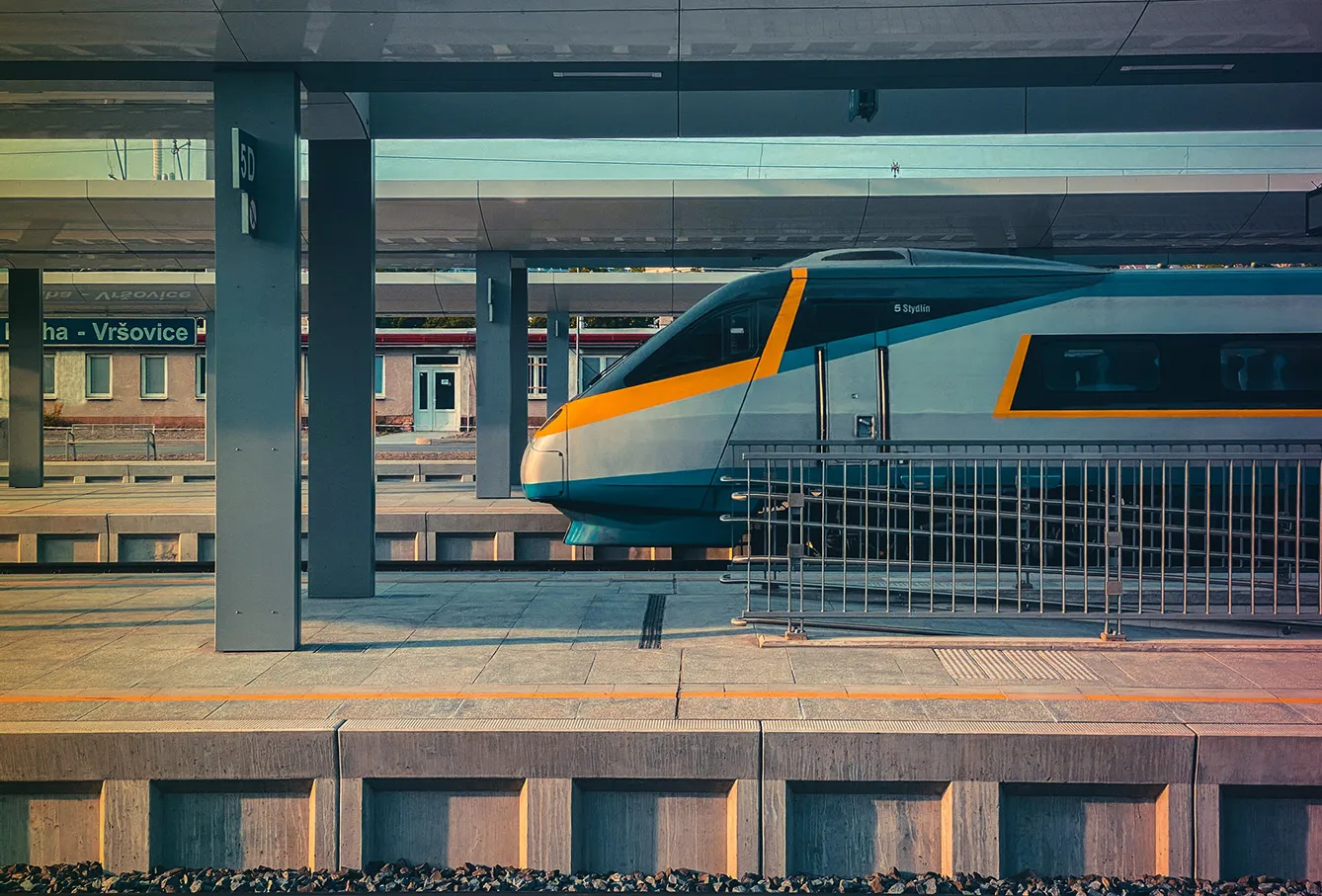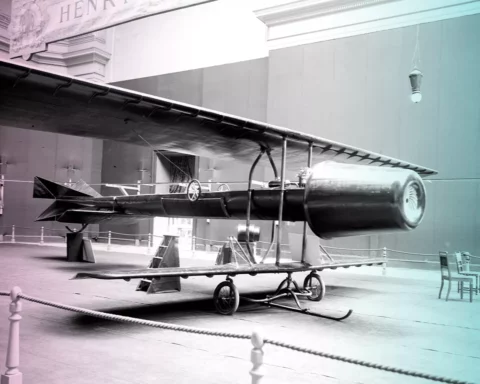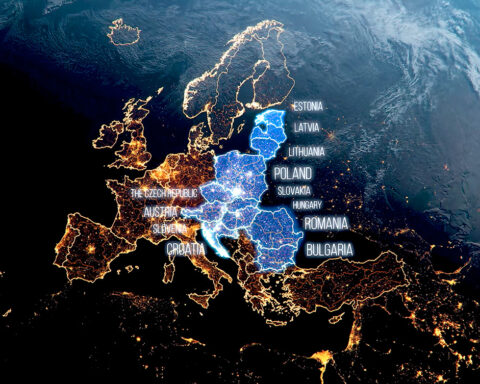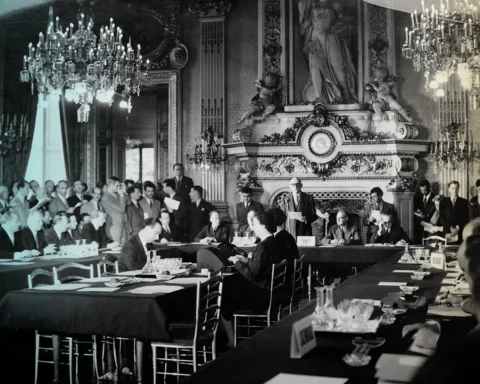The beginning of railways in the Czech lands dates back to 1828 when the first railway was built from the South Bohemian České Budějovice to Linz in Austria. This simple railway was a strategic link between the two states of the Habsburg Monarchy.
From humble beginnings, railway transport in the Czech Republic has come a long way. From a modest single route to Linz, Czech railway transport rose to the top of Europe. The critical question is what the future holds for the Czech Republic’s railway infrastructure and whether there will be high-speed trains.
Czech Railways: Transporting the nation here and there
After Luxembourg, the Czech Republic has the second densest railway network in the European Union per km2. This is a legacy of the Habsburg Monarchy, the First Republic, and the former communist regime. Each of these “regimes” tried to prioritize rail transport over road transport (and especially freight transport).
And their efforts are still evident today: it seems as if there is a railway to every small village. The total length of railways in the Czech Republic is 9,570 kilometers, which is a lot for a country with 80,000 km2. If you would place the rails in a straight line from the most Western point of the Czech Republic to the most Eastern one, you could travel the whole country 20 times.
More than 190 million passengers each year travel by train in the country of just 10,5 million people. Czech Railways, the state-owned carrier, holds the largest share, carrying around 180 million passengers annually. The second most significant carrier is the Regio Jet, whose signature yellow trains carry about 7 million passengers annually.
The future is high-speed
The planning of the construction of high-speed railways began as early as the 1970s when the model was the Western countries and their high-speed railway projects. Unfortunately, nothing was done over the years due to the prioritization of other projects, mainly Nuclear Power Plants.
The revival of the high-speed rail project came with the new millennium. The year 2004 became crucial when the government officially proclaimed its resolve to build high-speed railways. Step by step, the Ministry of Transportation began planning and negotiating possible projects with cities and towns.
The entire project consists of two phases. The first is the reconstruction of the existing railway corridors. Some corridors will be turned into high-speed ones, while others will be upgraded to a new maximum speed of 160 km/h.
Phase two is then building new high-speed corridors in new locations. When the project is completed, the Czech Republic will have more than 700 kilometers of modern high-speed lines. In 2020, the first phase of the modernization of the 90-kilometer-long line between Brno and Přerov has already started. The project foresees the completion of the last stage of the backbone network around 2035.
Is it even worth it? And how much does it cost?
The average cost of a new 350 km/h high-speed line is expected to be up to EUR 25.5 million per kilometer (The European average is between EUR 10-30 million). Upgrading the existing line will cost EUR 16.8 million per kilometer. The Czech Ministry of Transportation estimates that the complete High-Speed Rail Project will cost around EUR 26 billion. In the case of an estimated 50% of the average EU subsidy for these high-speed backbone lines, the investment costs for the Czech budget would be EUR 13 billion. However, other sources say the project could cost almost double the expected amount: up to EUR 48 billion.
Several factors, which are closely linked, argue in favor of building high-speed railways. It will bring significant time savings for consumers. It takes 2 hours and 10 minutes to travel by train from Prague to Brno, and two hours by car. High-speed rail would reduce this time to less than 45 minutes.
This reduction will relieve the environment by reducing the number of cars on the roads and highways. The construction of high-speed lines will also free up capacity on existing railways to transport goods and materials. This will make these services cheaper and more affordable for most carriers. The result will be clear: fewer trucks on the highways, thus less pollution and less wear and tear on the highways. And the last argument we will provide is somewhat symbolic but no less critical.
The Czech Republic will finally reach the level of developed European countries that take high-speed lines for granted thanks to high-speed lines. It will be better connected with the rest of Europe, and the railway will once again live up to its title: The Railway, Queen of Transport.
See Also:It’s OK to Fly Czech







